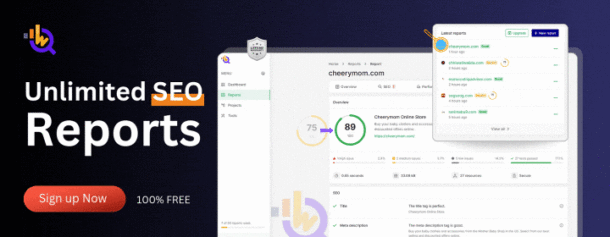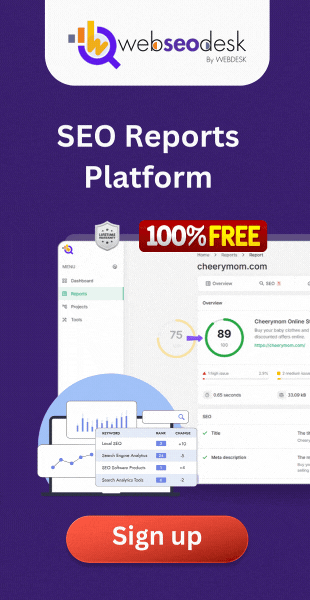Improving user experience and giving websites visual appeal depend much on images. On the other hand, improper image optimization could compromise search engine results and performance of your website. Concentrating on image optimization will help you guarantee faster loading speeds, better interaction, and more search exposure, as well as boost the SEO of your website. Here’s a strategy for maximizing your website’s search engine optimization photos.
- Select the appropriate picture format.
Choosing the suitable picture style guarantees performance and quality. Most often used forms consist of:
JPEG: Perfect for photos and intricate, multicoloured pictures.
PNG: Ideal for transparent and sharp edge pictures.
Modern formats like WebP provide reduced file sizes without sacrificing quality.
Every format has a need; so, pick one that strikes a mix of file size and quality.
- Compress Images for Quick Loading
Big picture files cause your website to slow down, which could compromise user experience and SEO alike. Compression of photos lowers file size without obvious loss of quality. Make use of instruments such as:
Online compressors: ImageOptim or tiny PNG.
Built-in plugins for Linux: ShortPixel or Smush.
Faster loading speeds resulting from optimized photos rank higher on search engines’ priority.
- Name Descriptive Files Clearly
Descriptive, keyword-rich titles for image files help search engines grasp their content. Ste clear of generic names like IMG1234.jpg. Use instead clear titles like seo-friendly-image-optimization.jpg. - Maximize Alt Text for SEO and Accessibility
Alt text helps search engines index your material and gives visually challenged visitors a textual description of an image, therefore boosting access. While you avoid keyword stuffing, write succinct, pertinent alt text including your goal term.
For instance, replace alt=”image1″ with alt=”SEO infographic displaying methods of image optimization.”.
- Resize photographs for the web. Uploading photographs with too high resolutions could slow down your website. Match photos to your website’s required dimensions. Scale down photographs suitably using Photoshop or free internet resizers.
Six. Use lazy loading.
Lazy loading guarantees that images load just as they show in a user’s viewport. This speeds up sites and lowers first page load times. This capability can be enabled by several content management systems (CMS) and plugins, including the built-in lazy loading capability of WordPress.
- Use image sitmaps.
Including photos within your XML sitemap facilitates search engine discovery and indexing. Either build a separate picture sitemap or include image URLs into your regular sitemap. This raises the possibility of your photos showing up in Google’s image search results. - Apply context and captioning.
Captions give your photographs background and increase user interest in them. Although they have no direct bearing on ranking, captions improve user experience, lower bounce rates, and subtly help SEO to be successful. Make sure the pertinent material around your pictures aids in search engine understanding of their intent. - Host Images via a Content Distribution Network (CDN).
A CDN speedily delivers your photographs to consumers depending on their location by distributing them over several servers all around. This guarantees visitors all around a flawless experience and lowers load times. - Track and evaluate performance.
Test the performance of your site often to guarantee efficient picture optimization. Apply instruments such as:
Google PageSpeed Insights: Find unoptimal pictures and get suggestions.
Analyze page loads and performance using GTmetrix.
Track how speed and general SEO performance of your site change with image optimizations.
Final Thought
Modern search engine optimization depends critically on image optimization. Your website’s speed, user experience, and search results will improve by compressing photos, including meaningful alt text, and applying lazy loading. Review and update your photos often to make sure they match current SEO guidelines, therefore enhancing the user experience and search engine results page of your website.












0 Comments